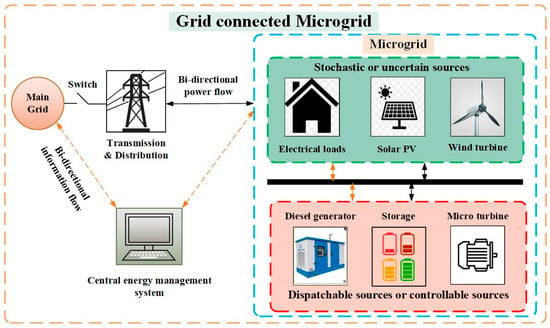- Article
A Hybrid Lagrangian Relaxation and Adaptive Sheep Flock Optimization to Assess the Impact of EV Penetration on Cost
- Sridevi Panda,
- Sumathi Narra and
- Surender Reddy Salkuti
The increasing penetration of electric vehicle (EV) fast-charging stations (FCSs) into distribution networks and microgrids poses considerable operational challenges, including voltage deviations, increased power losses, and peak load stress. This work proposes a novel hybrid optimization framework that integrates Lagrangian relaxation (LR) with adaptive sheep flock optimization (ASFO) to address the resource scheduling issues when EVs are penetrated and their impact on net load demand, total cost. Besides the impact of EV uncertainty on energy exchange cost and operational costs, voltage profile deviations were also studied. LR is employed to decompose the original problem and manage complex operational constraints, while ASFO is employed to solve the relaxed subproblems by efficiently exploring the high-dimensional, non-convex solution space. The proposed method is tested on an IEEE 33-bus distribution system with integrated PV and BESS under 24 h dynamic load and renewable scenarios. Results establish that the hybrid LR-ASFO method significantly outperforms conventional methods. Compared to standalone metaheuristics, the proposed framework reduces total cost by 5.6%, improves voltage profile deviations by 2.4%, and minimizes total operational cost by 4.3%. Furthermore, it safeguards constraint feasibility while avoiding premature convergence, thereby accomplishing better global optimality and system reliability.
24 December 2025





